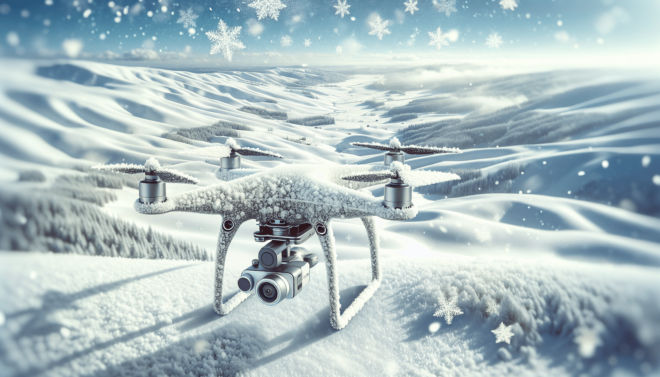Introduction
Are you ready to take your drone photography to the next level with stunning snow-covered landscape shots? Shooting drone photos in the snow can be a challenging yet rewarding experience. In this article, we will explore the best techniques for capturing breathtaking images in snowy conditions. Let’s dive in!
Choosing the Right Drone
Before heading out to shoot drone photos in the snow, it’s essential to choose the right drone for the job. Not all drones are equipped to handle extreme weather conditions. Make sure to select a drone that is designed to withstand cold temperatures and is equipped with a high-quality camera that can capture crisp, clear images.
Best Camera Settings
Adjusting your camera settings is crucial when shooting drone photos in the snow. Here are some recommended settings to help you achieve the best results:
- ISO: A lower ISO setting is ideal for snowy conditions to avoid overexposure. Start with a setting of around 100 to 400.
- Shutter Speed: Increase your shutter speed to freeze snowflakes in motion. A speed of around 1/500 to 1/1000 is recommended.
- Aperture: Choose a narrow aperture (higher f-stop number) to achieve a deep depth of field and ensure that both the foreground and background are in focus.
Proper Exposure
Achieving the right exposure is key to capturing stunning drone photos in the snow. The bright, reflective surface of the snow can fool the camera’s light meter, leading to underexposed images. To avoid this, consider using exposure compensation to adjust the exposure levels manually.
Composition Tips
When composing your drone photos in the snow, keep the following tips in mind to create visually appealing images:
- Leading Lines: Use natural lines in the snow, such as tracks or trees, to lead the viewer’s eye through the image.
- Rule of Thirds: Position key elements of your composition along the lines and intersections of the rule of thirds grid for a balanced composition.
- Foreground Elements: Include interesting foreground elements, such as snow-covered rocks or branches, to add depth to your photos.
Weather Considerations
Snowy weather conditions can impact your drone photography sessions. Consider the following weather considerations when planning your shoot:
- Wind: Strong winds can affect the stability of your drone and make it challenging to capture sharp images. Check the weather forecast and choose a day with light winds.
- Temperature: Cold temperatures can reduce the battery life of your drone. Keep your batteries warm before flying and have extras on hand in case you need to swap them out.
- Visibility: Snowfall can reduce visibility, making it harder to navigate your drone. Fly your drone within line of sight and avoid flying in heavy snowfall.
Time of Day
The time of day can significantly impact the quality of your drone photos in the snow. Consider the following tips when planning your shoot:
- Golden Hour: The soft, golden light during sunrise and sunset can add warmth and dimension to your snow-covered landscape photos.
- Midday Sun: Avoid shooting in harsh, midday sunlight, as it can create strong shadows and overexposed areas in your images.
- Blue Hour: The period of blue light after sunset or before sunrise can create a magical, ethereal atmosphere in your snow drone photos.
Editing Tips
Post-processing your drone photos in snow can help enhance their visual impact. Here are some editing tips to consider:
- White Balance: Adjust the white balance settings to maintain the natural colors of the snow and avoid a blue or gray cast.
- Contrast: Increase the contrast to make the snow appear crisp and bright against the landscape.
- Saturation: Boost the saturation slightly to enhance the colors of the snow and make them pop in your images.
Safety Precautions
Safety should always be a top priority when shooting drone photos in the snow. Follow these safety precautions to ensure a smooth and incident-free photography session:
- Warm Clothing: Dress warmly to protect yourself from the cold weather and prevent hypothermia.
- Pre-flight Check: Inspect your drone and equipment before each flight to ensure they are in proper working condition.
- Fly Responsibly: Adhere to local drone regulations and fly your drone in designated areas away from people and wildlife.
Conclusion
Shooting drone photos in the snow can be a challenging yet rewarding experience for drone photographers. By following the techniques and tips outlined in this article, you can capture stunning snow-covered landscapes and create breathtaking images that showcase the beauty of winter. Remember to choose the right drone, adjust your camera settings, consider weather conditions, and prioritize safety to make the most of your snowy photography sessions. Happy flying!

